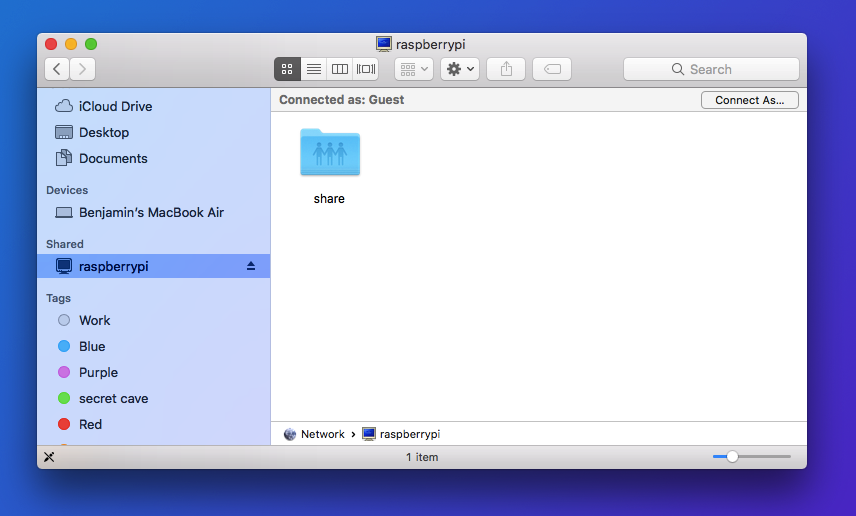

#Samba linux password
We will create the users using the standard Linux useradd tool and then set the user password with the smbpasswd utility.Īs we mentioned in the introduction, we’ll create a regular user Samba uses Linux users and group permission system but is has its own authentication mechanism separate from the standard Linux authentication. This group is created during the Samba installation, later we will add all Samba users to this group. To create the /samba directory type: sudo mkdir /samba If there are no syntax errors you will see Loaded services file OK.įinally, restart the Samba services with: sudo systemctl restart smbd sudo systemctl restart nmbd Creating Samba Users and Directory Structure #įor easier maintainability and flexibility instead of using the standard home directories ( /home/user) all Samba directories and data will be located in the /samba directory. Once done run the testparm utility to check the Samba configuration file for errors. However, this # option cannot handle dynamic or non-broadcast interfaces correctly. # It is recommended that you enable this feature if your Samba machine is # not protected by a firewall or is a firewall itself. # The specific set of interfaces / networks to bind to # This can be either the interface name or an IP address/netmask # interface names are normally preferred interfaces = 127.0.0.0/8 eth0 # Only bind to the named interfaces and/or networks you must use the # 'interfaces' option above to use this. Open the file and make sure server role is set to standalone server sudo nano /etc/samba/smb.conf The default configuration file that ships with the Samba package is configured for standalone Samba server. To manage your firewall, you can open the ports by enabling the ‘Samba’ profile: sudo ufw allow 'Samba' Configuring Global Samba Options #īefore making changes to the Samba configuration file, create a backupįor future reference purposes: sudo cp /etc/samba/smb.conf If you have a firewall running on your Ubuntu system you’ll need to allow incoming UDP connections on ports 137 and 138 and TCP connections on ports 139 and 445. Status: "smbd: ready to serve connections."Īt this point, Samba has been installed and ready to be configured. Loaded: loaded (/lib/systemd/system/rvice enabled vendor preset: enabled)Īctive: active (running) since Wed 09:25:38 UTC 2min 12s ago The output should look something like below indicating that Samba service is active and running: To check whether the Samba server is running, type: sudo systemctl status smbd Once the installation is completed, the Samba service will start automatically.
#Samba linux install
Install the Samba package with the following command: sudo apt install samba
#Samba linux update
Start by updating the apt packages index: sudo apt update To install it on your Ubuntu system follow the steps below: Samba is available from the official Ubuntu repositories. Prerequisites #īefore continuing, make sure you are logged in to your Ubuntu 18.04 system as a user with sudo privileges
#Samba linux how to
Later in this tutorial, we will also provide detailed instructions on how to connect to the Samba server from Linux, Windows and macOS clients. The file shares will be accessible from all devices on your network. josh - This share will be accessible with read/write permissions only by users josh and sadmin.users - This share will be accessible with read/write permissions by all users.josh - A regular user with its own private file share.



 0 kommentar(er)
0 kommentar(er)
